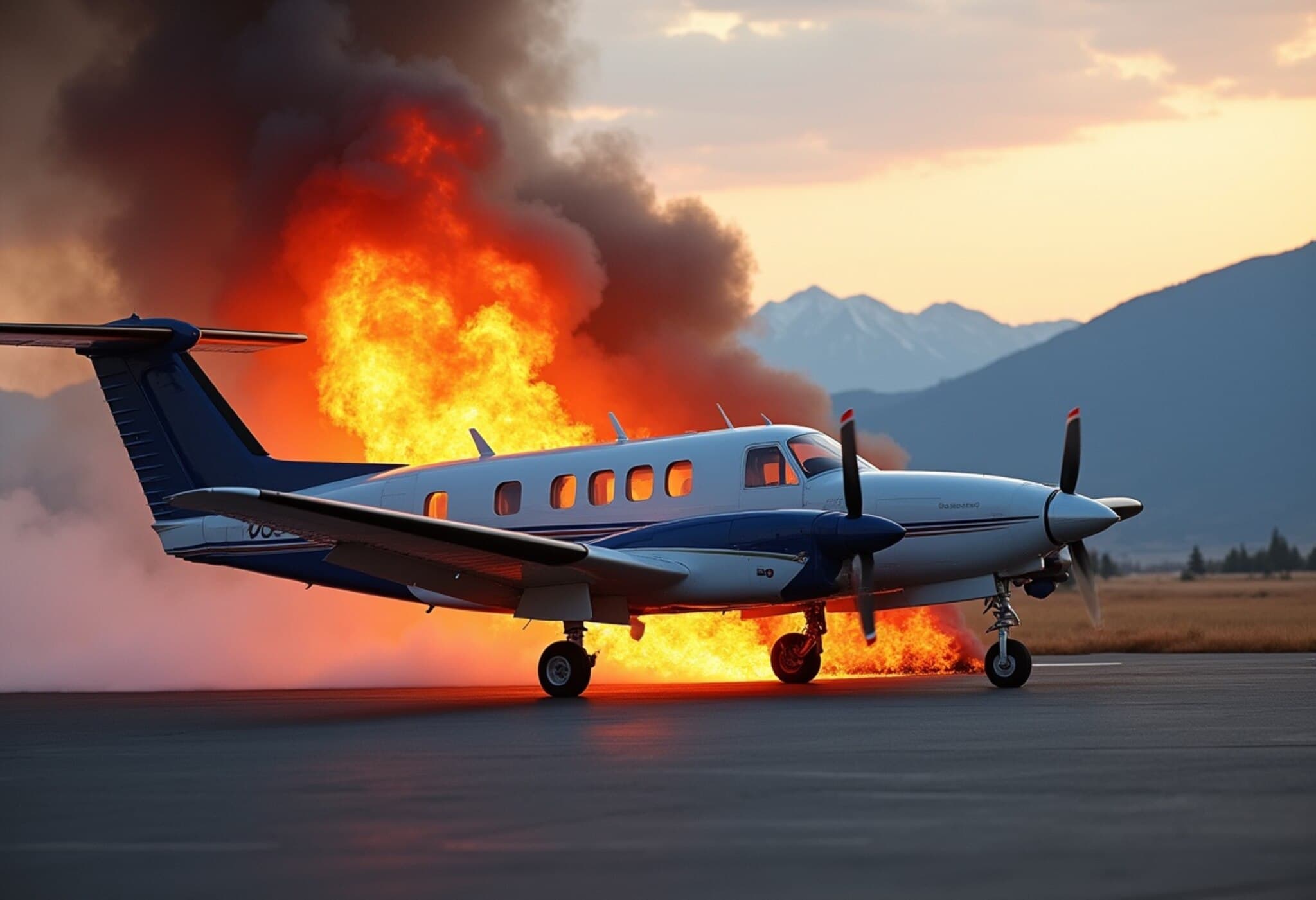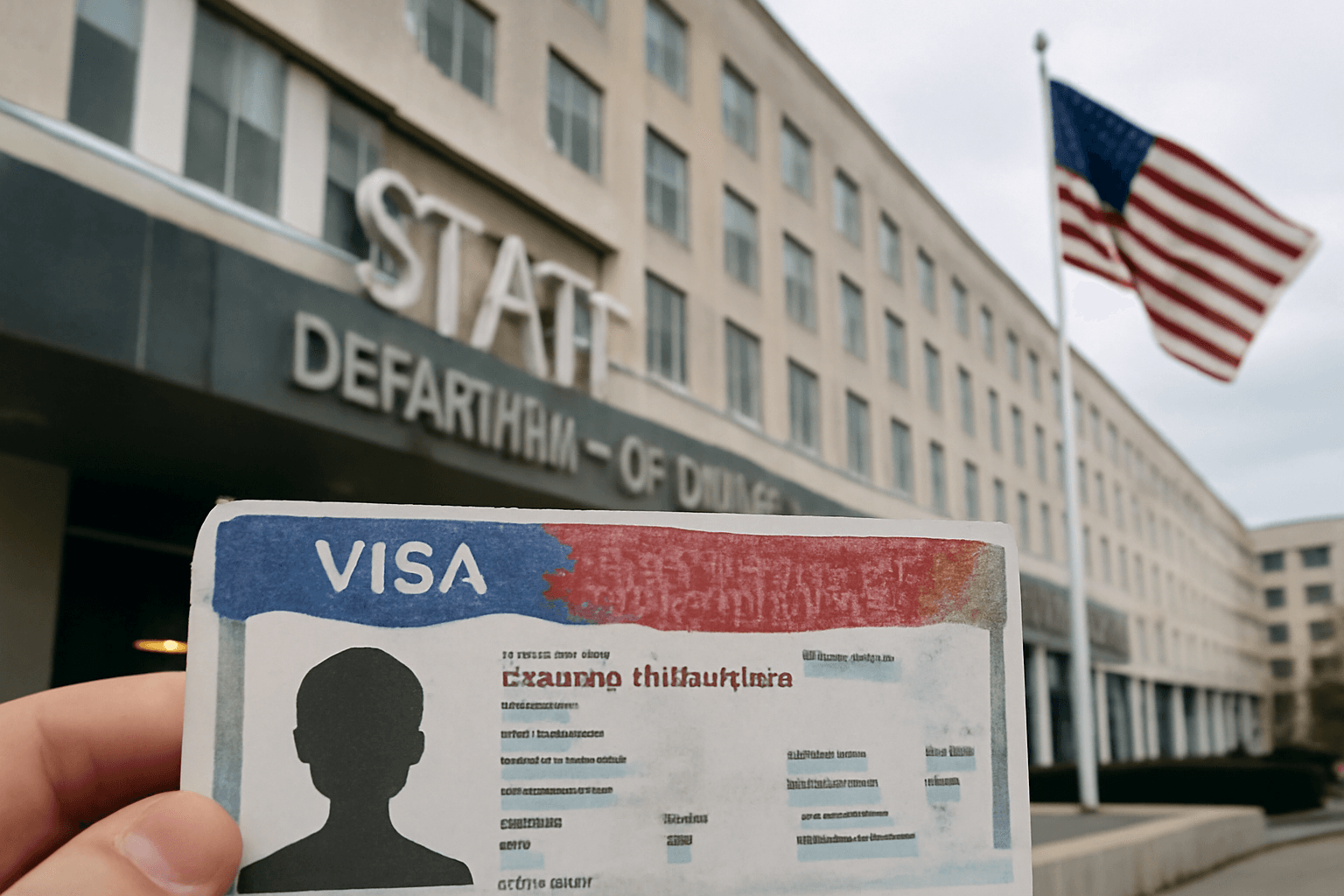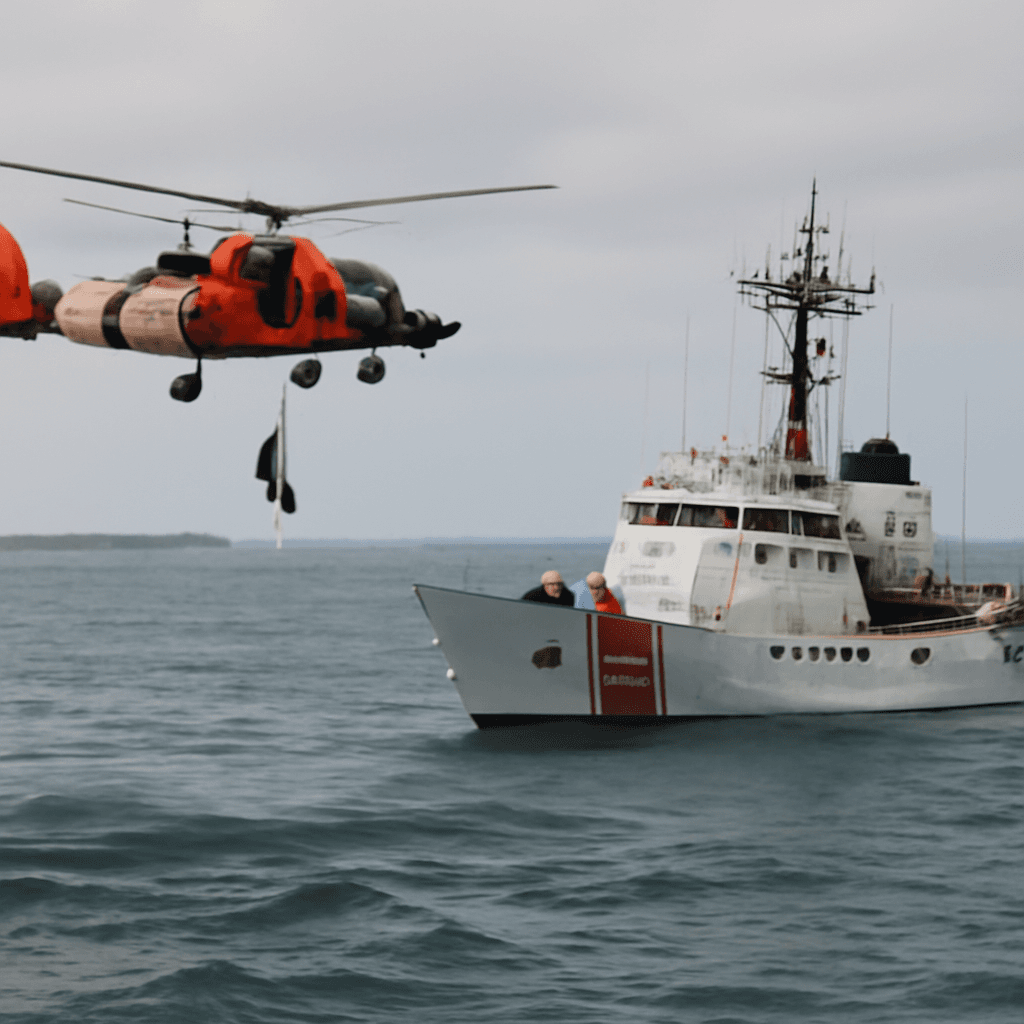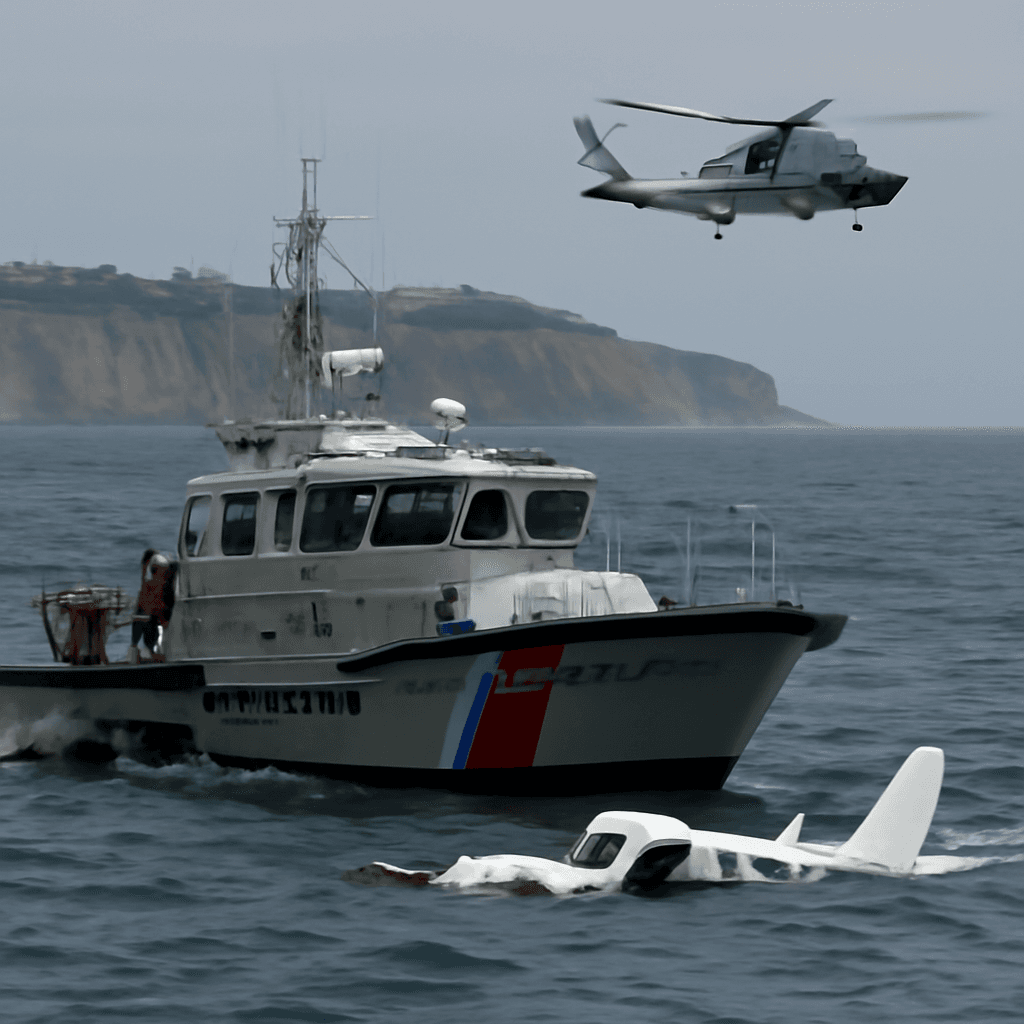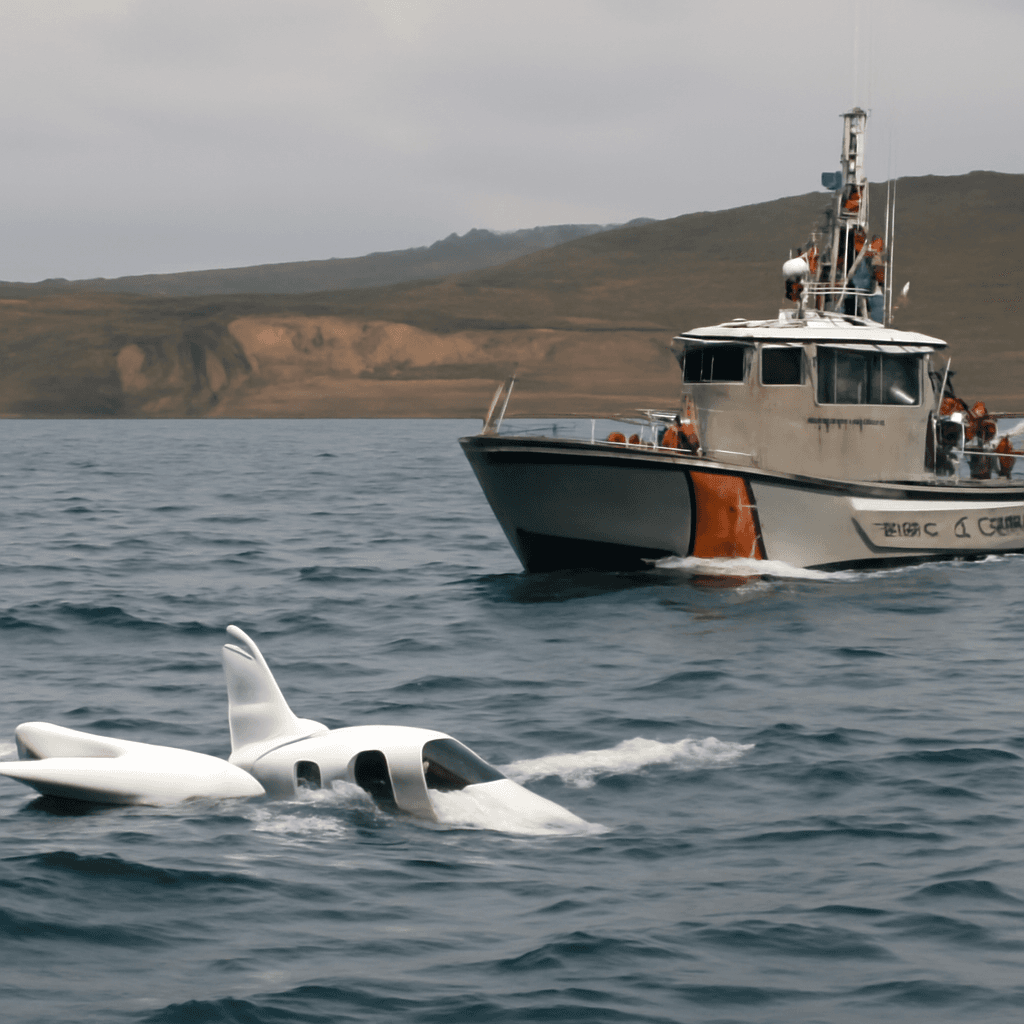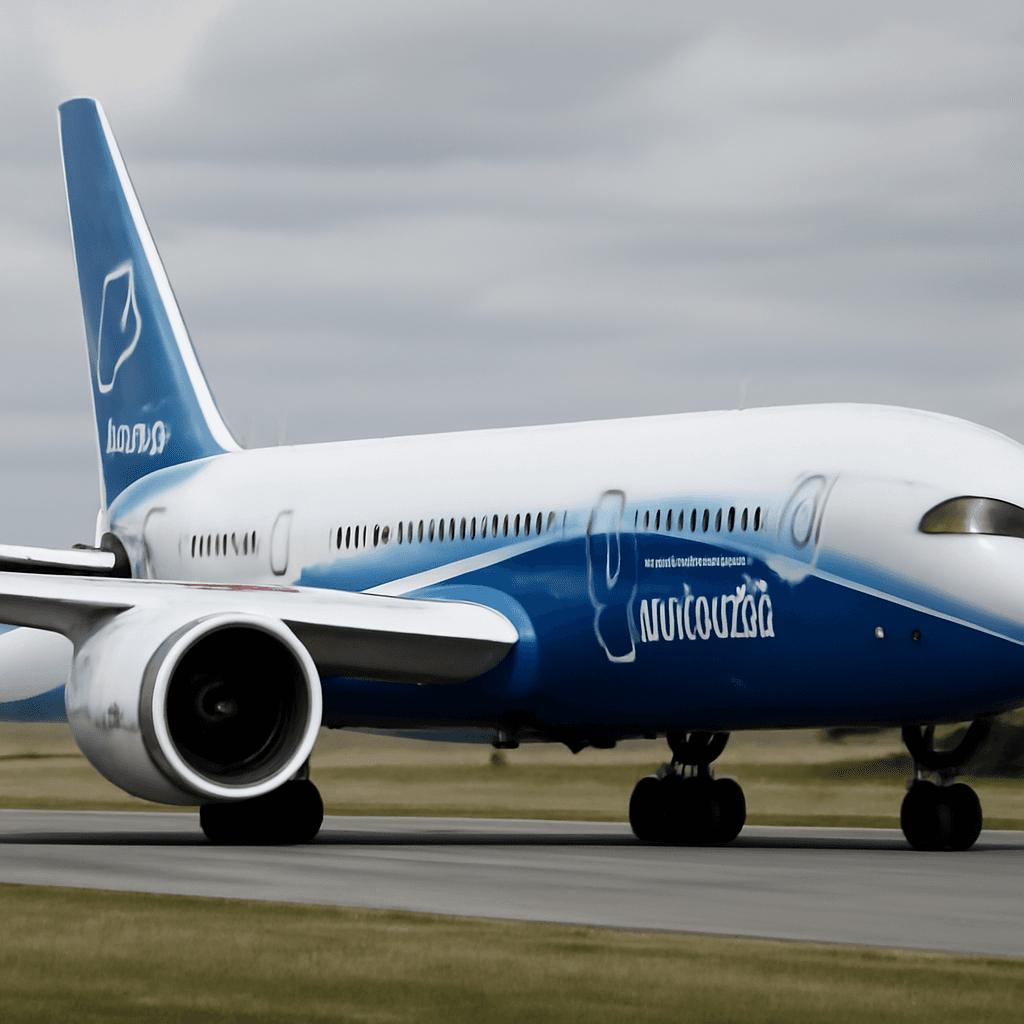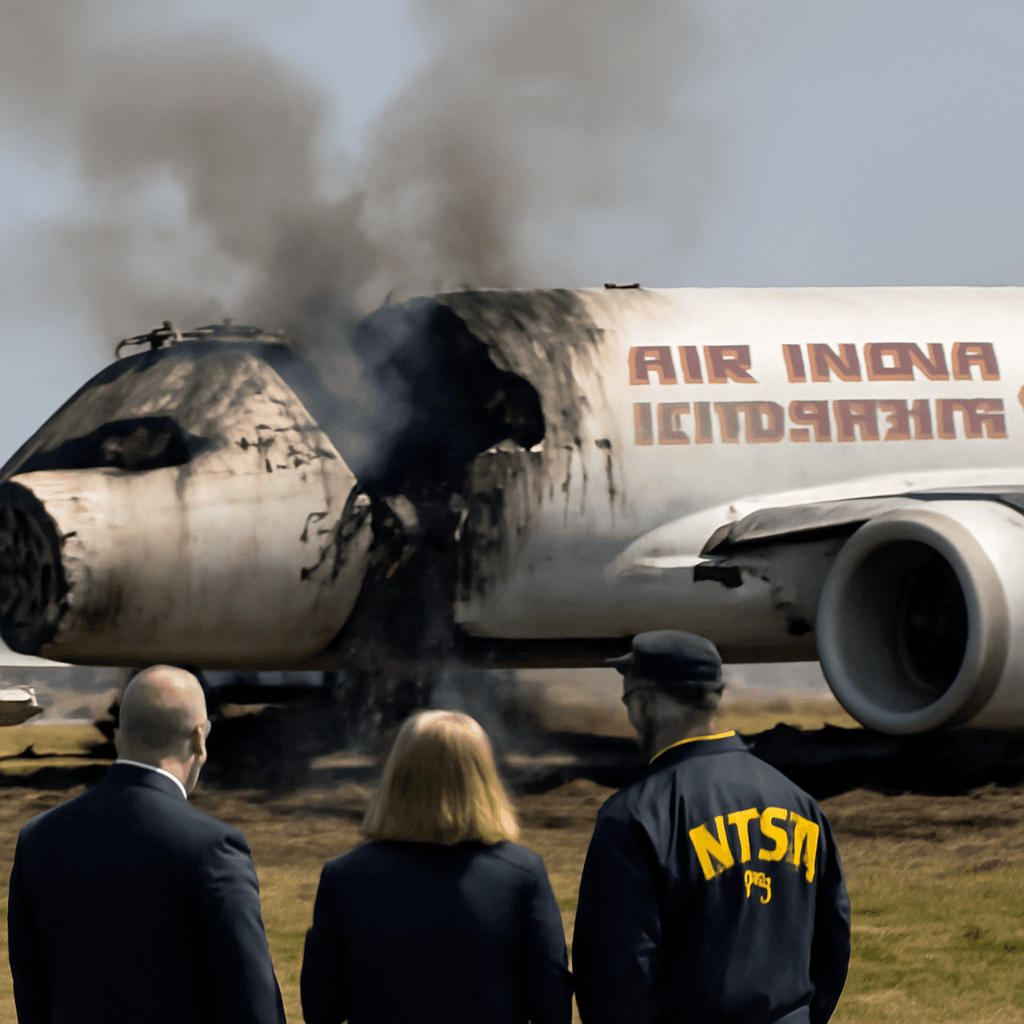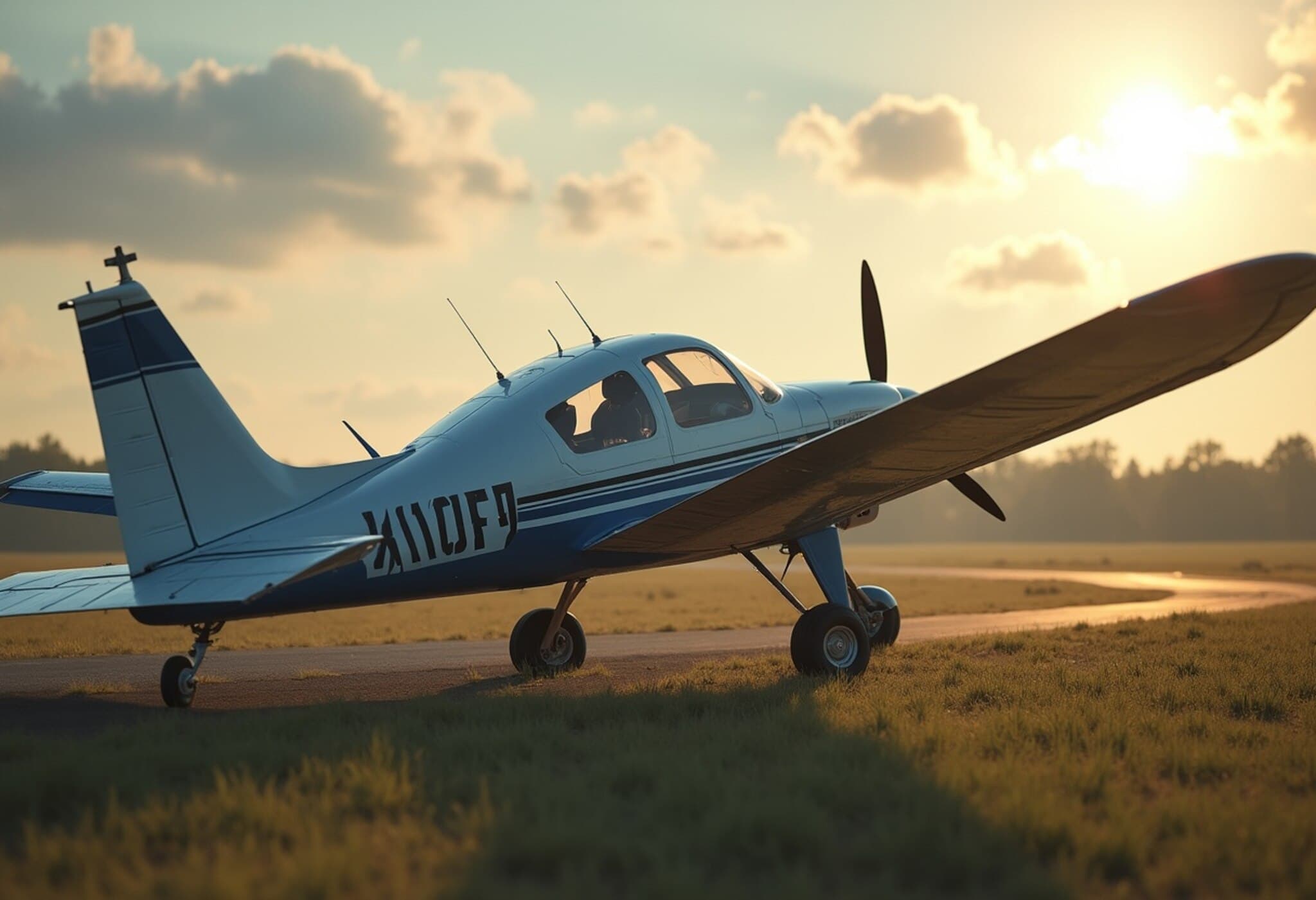Small Plane Collides with Parked Aircraft at Kalispell City Airport, Montana
On Monday afternoon, a single-engine turboprop plane carrying four people collided with a stationary aircraft while attempting to land at Kalispell City Airport, located south of Kalispell in northwest Montana. The incident resulted in a significant fire but fortunately no serious injuries, authorities confirmed.
What Happened During the Landing?
According to Kalispell Police Chief Jordan Venezio, the Socata TBM 700 turboprop was approaching the airport around 2 p.m. local time when it struck an unoccupied plane parked on the taxiway. The impact caused a large fire and thick smoke that quickly spread to the surrounding grassy areas before firefighters brought it under control.
Witnesses relayed that the incoming aircraft appeared to experience difficulties during its approach, ultimately crash-landing and colliding with the parked plane. Kalispell Fire Chief Jay Hagen noted that despite the sudden fire outbreak, the pilot and three passengers were able to evacuate promptly without assistance.
Casualties and Emergency Response
- Injuries: Two occupants suffered minor injuries and received immediate treatment at the airport.
- Emergency Services: Firefighters quickly doused the flames to prevent further spread and potential damage.
- Investigation: The Federal Aviation Administration (FAA) has launched an inquiry into the circumstances leading to the crash.
The Bigger Picture: Aviation Safety and Small Airports
This incident underscores the complex challenges small airports face in managing aircraft ground movements safely. Kalispell City Airport serves a regional community of around 30,000 residents, and while it handles less traffic than major hubs, such collisions bring to light the critical need for enhanced ground control protocols and pilot situational awareness, especially during busy periods or adverse conditions.
Experts emphasize that turboprop planes like the Socata TBM 700 are commonly used in regional aviation due to their reliability and efficiency. However, pilot training and strict adherence to landing procedures remain key to preventing such ground collisions. The FAA’s investigation will likely explore possible mechanical issues, environmental factors, or human error contributing to this unusual event.
Community Reaction and Moving Forward
Local residents expressed relief that the incident did not result in severe injuries or casualties, but it also sparked conversations about airport safety and emergency preparedness in the region. Kalispell officials are expected to review airport operation protocols in collaboration with federal authorities to bolster safety measures further.
Editor’s Note
The collision at Kalispell City Airport serves as a stark reminder of the delicate balance between aviation progress and safety. While small airports play an essential role in connecting rural communities, incidents like this highlight the ongoing need for investment in infrastructure, rigorous pilot training, and vigilant airfield management.
As investigations proceed, questions remain: What specific factors led to this mid-landing collision? Could technological advances such as enhanced ground surveillance systems help prevent similar accidents in the future? And how can regional airports better safeguard both passengers and aircraft on increasingly busy runways and taxiways?
These are critical discussions for policymakers, aviation professionals, and communities alike as we strive to maintain the highest standards of safety in the skies and on the ground.

